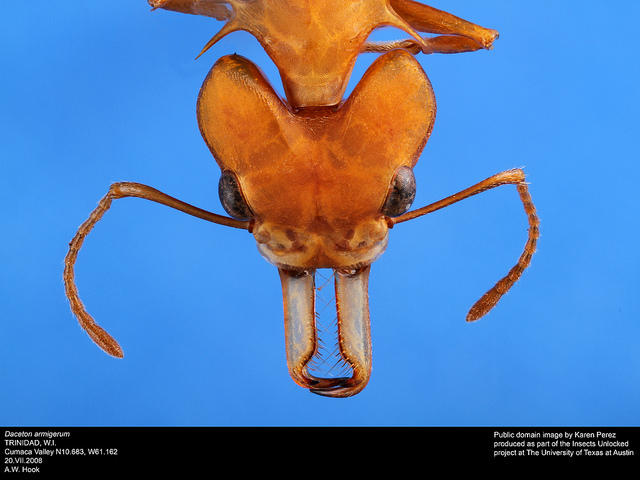Just in time for fall we have the new picture book, Summer Green to Autumn Gold: Uncovering Leaves’ Hidden Colors by Mia Posada.
Have you ever wondered how and why leaves of certain trees change color in the fall? This book gives the answers. Mia Posada combines gorgeous –gorgeous! — cut paper collage and watercolor illustrations with a succinct explanation of the science behind all those brilliant colors.
The author starts with green summer leaves of a range of shades from a wide variety of trees, from aspen and ash to white oak and willow. The leaves are labelled and accurate enough that they could be real leaves pressed. She then explains that the green pigment is chlorophyll and what is used for. She doesn’t name the other pigments found in leaves in the main text, but discusses them extensively in the back matter.
In addition to describing what happens to the leaves in autumn, she also follows the trees through winter to spring when new green leaves emerge again.
The extensive back matter includes a glossary and links to hands-on experiments.
Summer Green to Autumn Gold is a perfect combination that will appeal to both budding artists and scientists. Leaf through a copy today!
Related Activity Suggestions:
To see different pigments found in green leaves, try our chromatography activity post.
Want to read more? Visit our growing list of children’s books abut autumn science at Science Books for Kids.
Age Range: 5 – 10 years
Publisher: Millbrook Press TM (August 6, 2019)
ISBN-10: 1541528999
ISBN-13: 978-1541528994
Disclosure: This book was provided by our local library. Also, I am an affiliate with Amazon so I can provide you with cover images and links to more information about books and products. As you probably are aware, if you click through the highlighted title link and purchase a product, I will receive a very small commission, at no extra cost to you. Any proceeds help defray the costs of hosting and maintaining this website.
Come visit the STEM Friday blog each week to find more great Science, Technology, Engineering and Math books.









